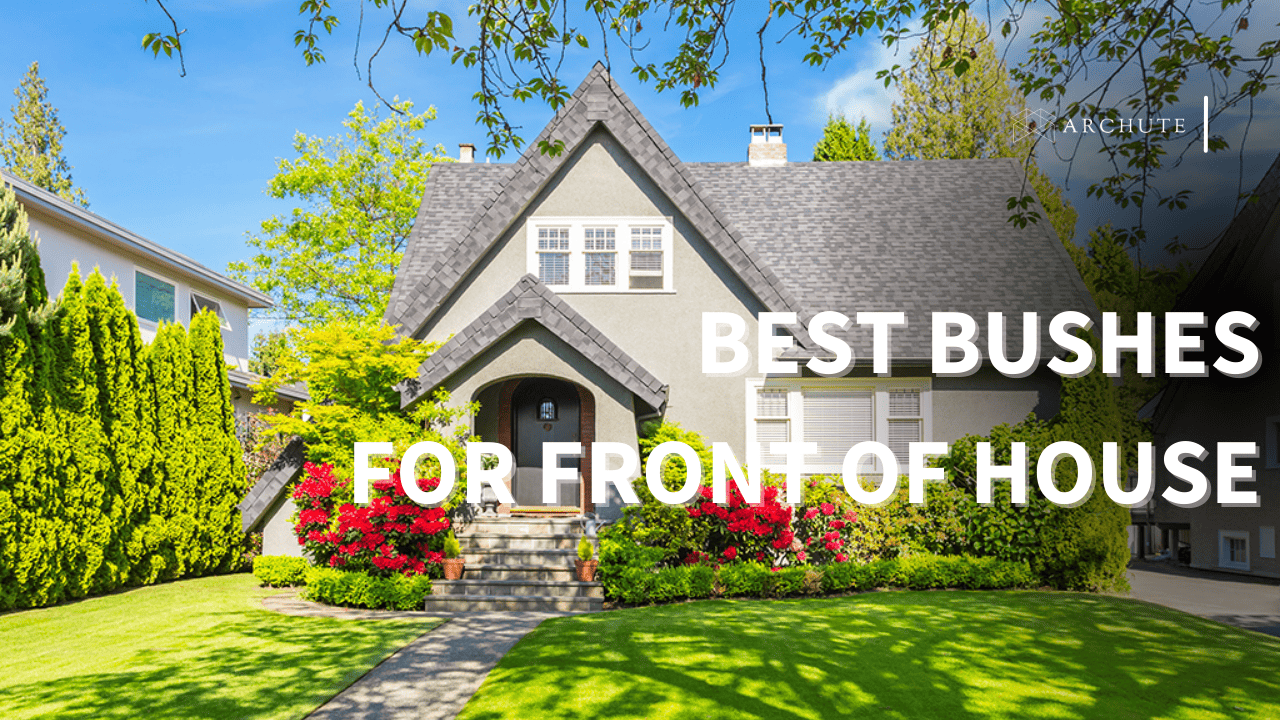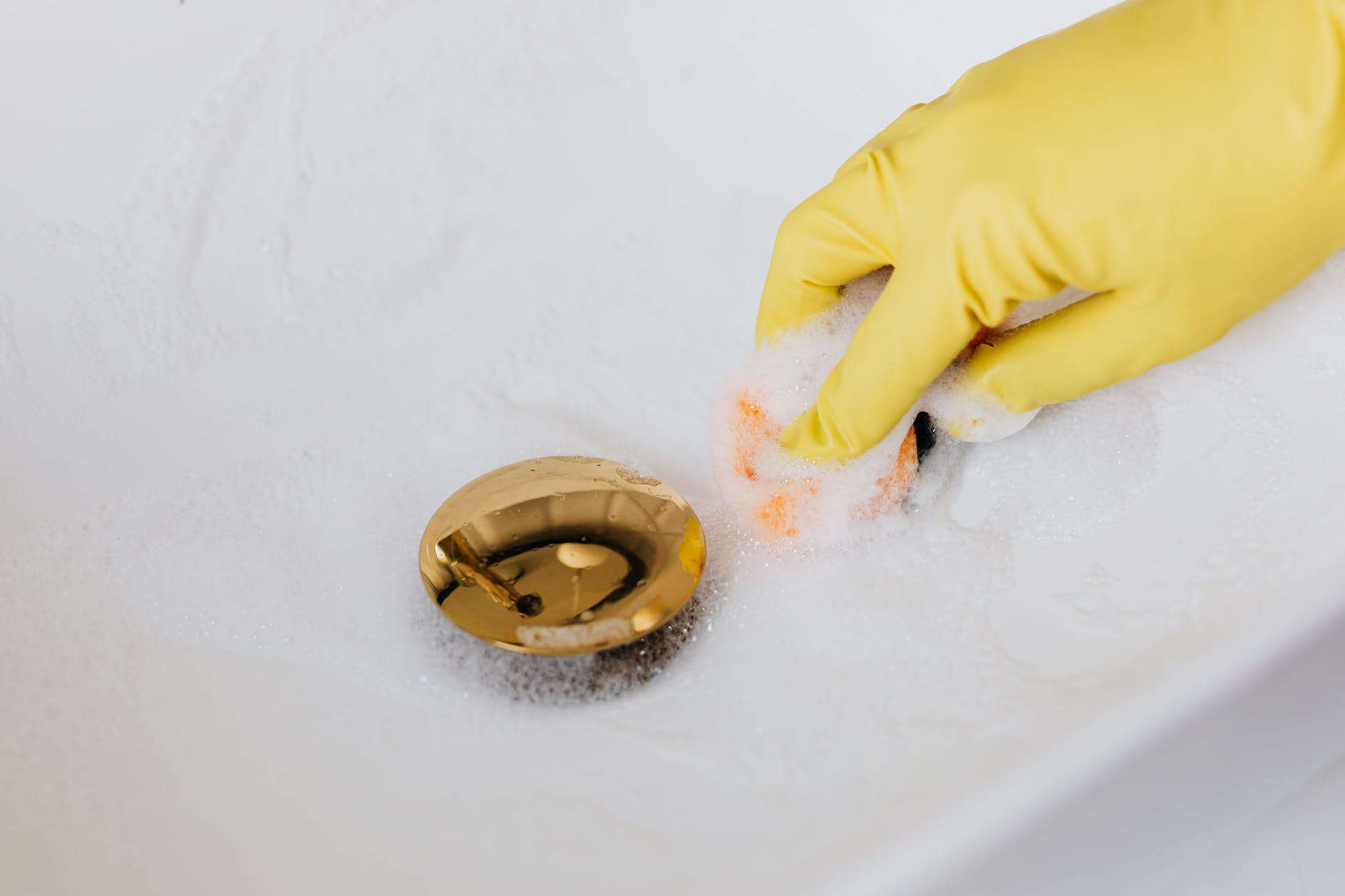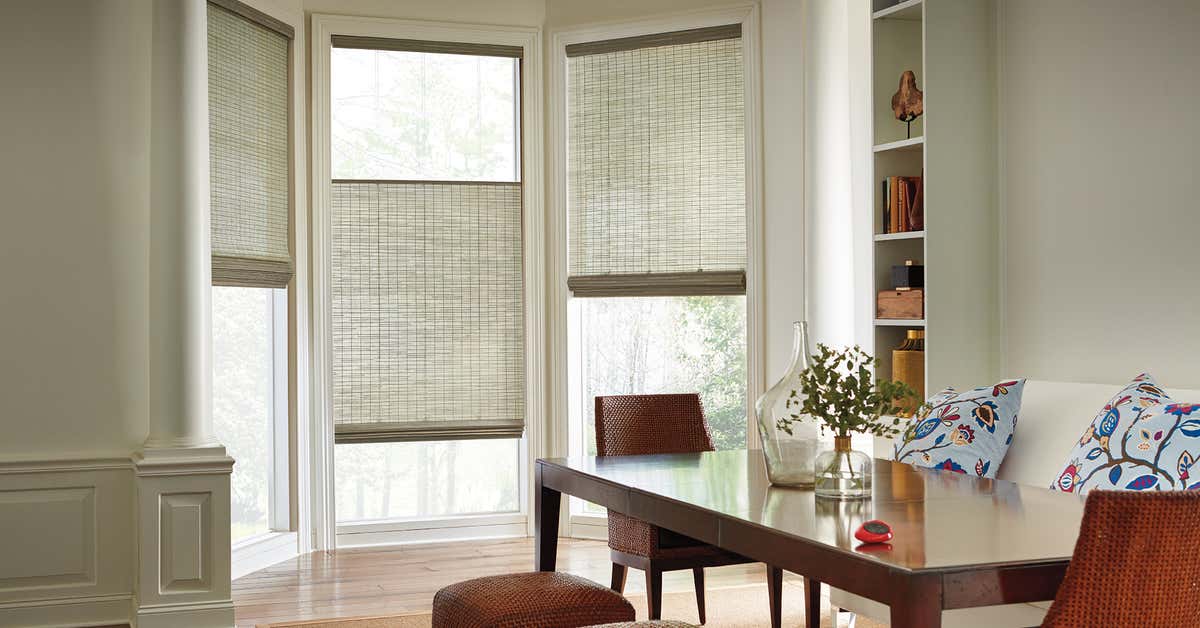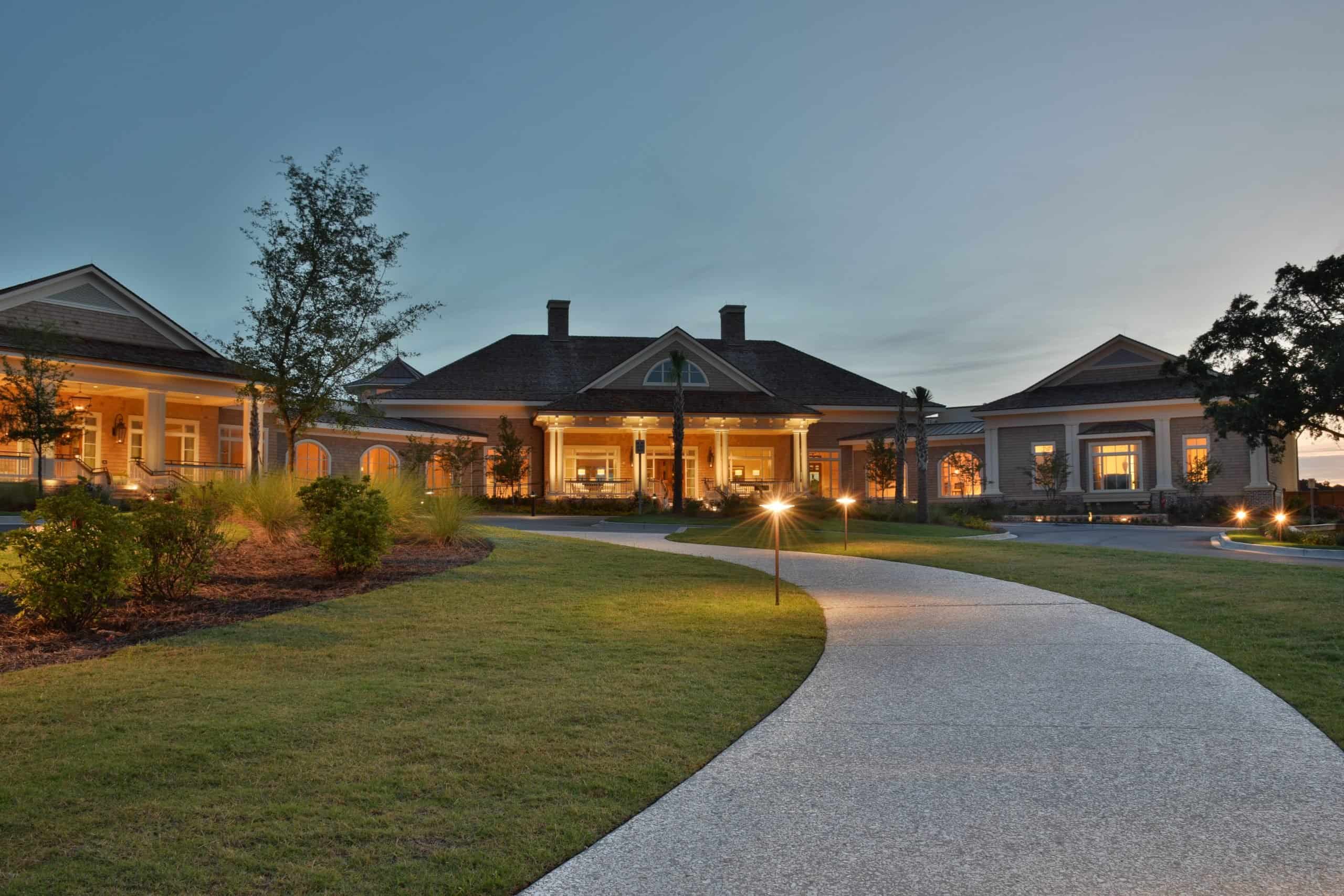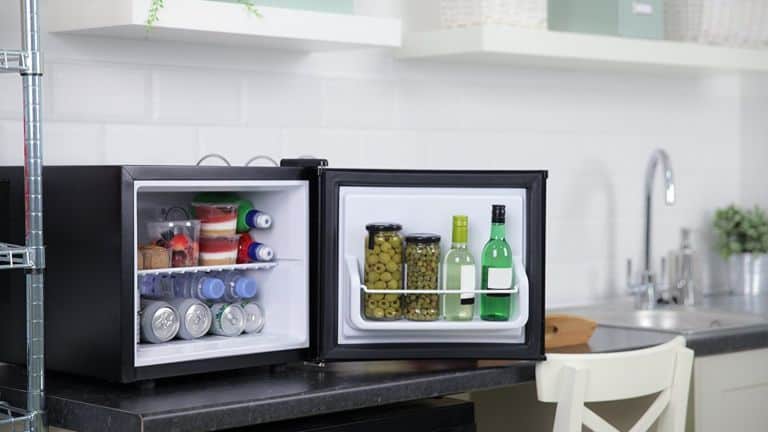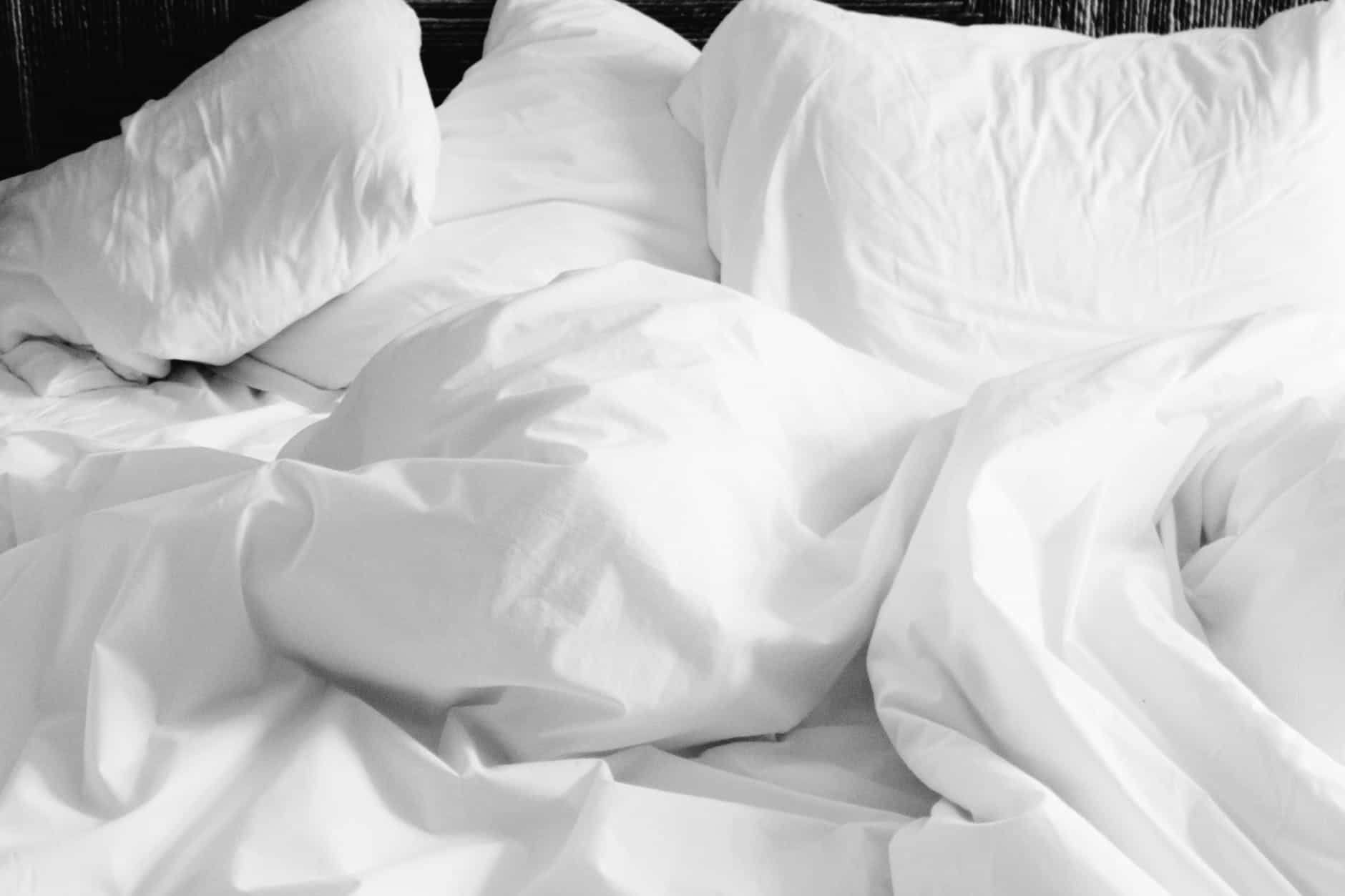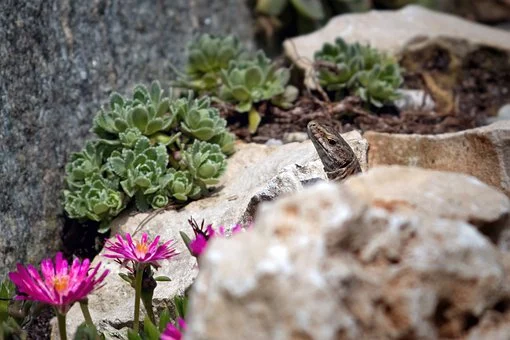Planting shrubs in the front of your home not only enhances the property's aesthetic appeal, but also significantly reduces energy costs, particularly when the plants are situated in the right areas. When these are placed in front of windows facing east and west, they provide shade and lessen reliance on air conditioning systems. Further, the picturesque quality of the bushes also serves to protect your property against unsightly views.
Front-of-house bushes are a perfect way to landscape your home, raising your home’s value. Planting shrubs safeguards homes prone to landslides and soil erosion and improves air quality. Discussed below are the best bushes for the front of the house.
Best Front of House Bushes
1) Boxwood Shrubs

Image Source: veranda.com
Boxwoods are among the best bushes for the front yard landscapes. They're evergreen, which makes them a prominent option for homeowners looking to establish a lush landscape. Boxwoods are versatile, implying that you can grow them in front of other trees and plants to create a captivating backdrop. When selecting what to grow in front of your boxwoods, consider azaleas or hydrangeas for more texture and color. These evergreen shrubs can be used in your landscape in various ways, including:
- Accentuating a garden gate
- Edging a garden bed
- Adding structure to an informal garden
- Softening corners
- Creating a labyrinth
- Emphasizing edges
2) Rose Bushes

Image Source: pacifichorticulture.org
Incorporating rose bushes into your garden instantly turns it into a magnificent oasis, particularly if you use the roses as a border or train them to climb. Landscaping rose bushes you can add to your space include:
- Knockout rose bush: These shrubs are easy to grow and are popular for disease resistance, cold hardiness, and simple care needs. These rose bushes can serve as mass plantings, adding dimension, elegance, and color. You can buy a single shrub and make it your garden’s focal point.
- Brindabella rose bush: These bushes generate fully developed double flowers with great disease resistance. The flowers create a robust rose-scented fragrance. Also, Brindabella roses are self-cleaning, meaning deadheading isn’t required.
- Drift rose bush: They’re a compact rose bush that grows 3 feet wide and 2 feet tall. They’re ideal for growing small, hard-to-reach areas.
3) Camellia Bushes

Image Source: plantingtree.com
Camellia bushes can serve multiple functions in the front of your house, including:
- Screens
- Foundation plantings
- Accent plants
- Hedges
- Background groupings
Planting mass groupings/ plantings can help you achieve maximum benefit. Camellia bushes flower in winter and fall, a time when their colorful bloom display is the most appreciated because that's when most other plants are off-season. During the rest of the year, their interesting textures and shapes, comparatively slow growth, and evergreen foliage make camellia bushes great landscape plants.
Camellias vary significantly in light requirements and mature size. They also bloom at different times. As such, you should choose carefully if you want months of constant bloom. Instead of one type of camellia, you can pick different varieties to extend your landscape’s color.
4) Azaleas

Image Source: homedepot.com
Azaleas are among the best landscaping bushes. They're colorful and drought-tolerant. Azaleas come in varieties that bloom in different seasons and tolerate all the sun. They can fit in many landscapes and can complement almost everything. Growing azaleas with other plants makes them stand out. When choosing what to plant with azaleas, note that these shrubs thrive in acidic soil and usually love some shade. You can pair azaleas with:
- Junipers
- Ornamental grasses
- Hostas/ heuchera/ ferns plants
- Pieris
Since azaleas are of various sizes, you can use them for multiple purposes in your landscape, including foundational plants, hedges, borders, mixed beds, and containers.
5) Hydrangeas

Image Source: treehouse.co
Hydrangea landscaping enables you to add eye-catching structure and beautiful color to the front of your house, from lightening garden borders to lining walks. When selecting a perfect area for your shrub, note that these plants are woodland. While most hydrangeas varieties can be grown in complete sun, many do well in partial shade, particularly in the afternoon and morning sun. While excess shadow can limit foliage density and flower size, excessive sun can lead to a short bloom duration. These plants can be used as:
- Tall border plants
- Romantic winding path
- Pollinator garden borders
- On the stairs
Hydrangeas can fill garden border gaps, create a focal point, and transform any entrance.
6) Butterfly Bush

Image Source: yardzen.com
When it comes to flower power, the butterfly bush is hard to beat. Besides being among the longest-blooming bushes, these plants are available in multiple summer-ready colors. They bloom constantly through fall and attract butterflies. While butterfly bushes are seen as drought-tolerant, they respond to excellent watering practices. Unless you have a tropical butterfly bush variety, those you buy from a local garden center are perennial, meaning they'll easily return yearly. Since they come in various colors and sizes, you can incorporate them into flower beds or stand alone in your garden.
7) Lilac

Image Source: gardenersworld.com
Lilac is a fragrant, flowering shrub that brings attention to your front yard. Lilac flowers have one of the best blends with shades of purple, pink, and white.
8) Forsythia

Image Source: gardengoodsdirect.com
Forsythia are flowering, early spring shrubs whose flowers bloom before their leaves come out. The bright yellow flowers are a sight to behold.
9) Rhododendron

Image Source: fun107.com
Rhododendron shrubs are great for the front of the house which receives a lot of shade even during full sun exposure. The plant has large leaves and bright flowers, giving areas with a full or partial shade life.
10) Dwarf Alberta Spruce

Image Source: hgtv.com
The dwarf Alberta spruce is a low-growing shrub that maintains a pyramidal shape. Furthermore, the shrub is great as a foundation plant since it is compact and thick. The bush is evergreen and grows in the sun to partial shade areas around the house.
11) Weigela

Image Source: thetreecenter.com
Weigelas are deciduous shrubs with bell-shaped flowers that bring a lot of charm to your front yard. The plant is easy to grow and maintain and is great for cost saving.
12) Dwarf Japanese Garden Juniper

Image Source: cjgardeningcenter.com
Other than being evergreen, the Dwarf Japanese garden juniper is a spreading bush which is one of the best foundation plants. The juniper is one of the low-maintenance evergreen shrubs that will provide a consistent look in your landscaping.
13) Yew

Image Source: thespruce.com
If you are into shaping your bushes into shapes, then the yew is your best option. The plant brings a classic look like those you would see in castles.
14) Dwarf Spirea

Image Source: gardenerspath.com
The dwarf Spirea will bring the pop to your front door with its colorful flowers. The plant is easy to maintain and cost-effective.
Picking your favorite bush is not enough. There are a lot of things you need to consider when picking the bushes for the front of the house. Here are some tips you can consider.
Things to Consider When Choosing Bushes for Front of House

Image Source: bhg.com
a) Growth Rate
The front of the house is where most people get the first impression of your space. If the growing shrub in front of your house is out of control, then you are at risk of neighbor side-eyes.
Since the front of the house needs a relatively proportional bush to elements such as the door, the growth rate is one of the main factors you have to consider. You do not want a bush that is all over the place but, instead, a low-growing scrub.
b) Growing Conditions
Shrubs for the front of the house need to be adaptable to the local climate in your region. If you love succulents, a rainy climate might not be the best condition. Go for native plants when picking your next front-of-the-house bush. Evergreen shrubs may withstand year-long weather changes, maintaining a relatively consistent look.
c) Soil Requirements
Different plants have different nutrition and soil needs. Some plants can do well in sandy soils while others might not. Furthermore, different plants need different levels of water saturation in the soil.
d) Allergies and Fragrances
If you have pets playing in your yard, some plants cause pet allergies that you need to avoid at all costs. The best shrubs will not be harmful to both kids and pets in the vicinity.
e) Flowering vs Non-Flowering Shrub
Flowering shrubs may not maintain a consistent look but are versatile enough to keep the front of the house looking different in different seasons. Remember, flowering bushes have the potential to attract insects drawn to colorful flowers.
f) Size and Shape
Having a round bush that is 6 feet tall and wide is as weird as having a 3-foot-tall straight plant. Knowing the effects the round and straight bushes have on your landscaping design and the overall feel of the yard is important.
g) Space
How much space you have makes a great reason for picking certain bushes and leaving others. Straight bushes do better in smaller spaces than round bushes. More than 8 feet tall and wide trees will potentially be too much to place in front of the house.
h) Budget
Some shrubs are costly and rare to get. However, the options we mentioned above are all worth the price.
i) Maintenance Requirements
Some bushes require more maintenance than others. Bushes over 5 feet tall may be more difficult to maintain than shorter bushes. Fast-growing bushes are more difficult to maintain and may not work as well for foundation planting.
Endnote
Bushes/ shrubs help boost your curb appeal and home worth. Familiarize yourself with the best bushes for the front of the house, and select those you find appealing.

